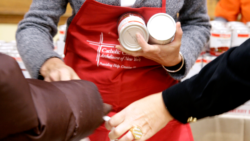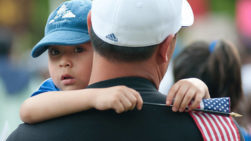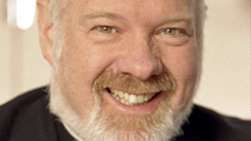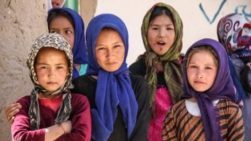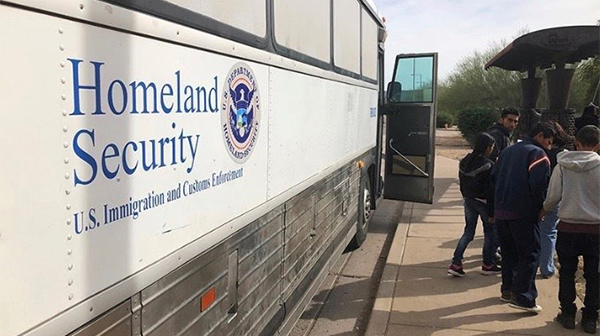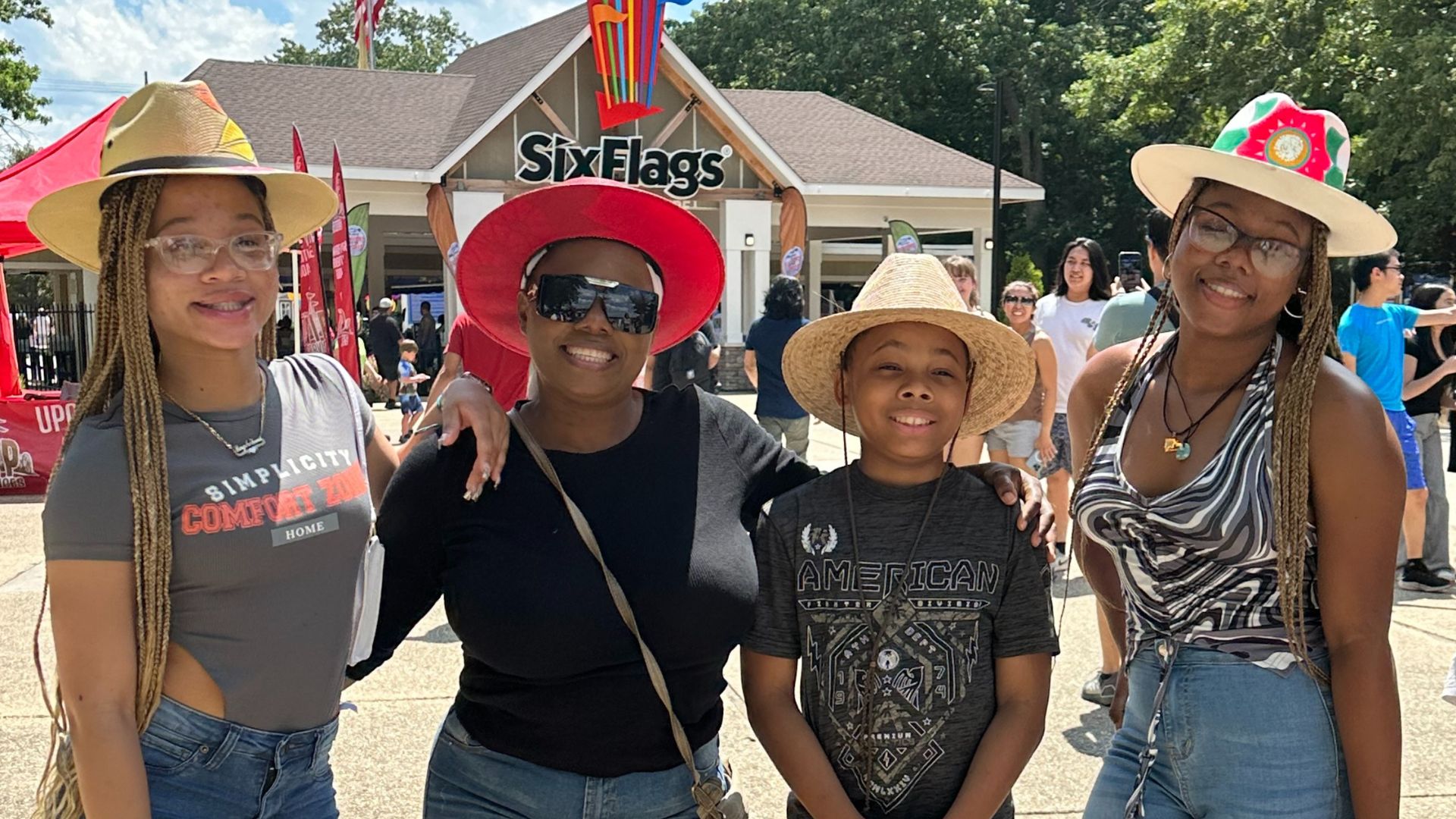The desert at night is cold. There is nothing to hold onto the heat. During the day of course it is hot, but worse still, it is dry. Winds never seem to stop in the desert. Shelter, water, rest and comfort are hard to find or in some places are non-existent.
Mario Russel, the Director of Immigration and Refugee Services for Catholic Charities of New York, traveled to the location where migrant people come up against American immigration policy. He made a first trip in September 2019 to Arizona and a second trip in January 2020 to Tijuana and Juarez in Mexico – the objective was to get a true sense of what is happening at the border. This article, and another to follow, are some of his observations.
BORDERS AND DESERT
Borders are manmade things. Rarely do they occur in nature. Looking at a map you can see the clearly artificial, even arbitrary straight lines that separate properties like Mexico and the United States. These are lines drawn across a good deal of emptiness. Between the lands where migrants come from, often the region of Central America called the Northern Triangle (Guatemala, Honduras, El Salvador), and the land where they hope to come, America, there is a lot of desert.
When families flee violence or persecution in their home countries and make for America, they often get seized out in the desolation by agents of Customs and Border Protection. Tired, thirsty, hungry, dirty and exhausted, they are herded towards detention centers where they will await an opportunity to be heard by a judge with the power to grant them asylum. That is a wait that can be upwards of two years. But there is respite – Casa Alitas, is a haven from the harsh journey towards a better life.
SHELTER WITH HEART
At Casa Alitas and places like it, migrants are welcomed by volunteers – welcomed in word and deed. Welcome is in the body language, it is spoken aloud as migrants arrive, and it is apparent in the compassionate care migrants receive within. Showers, beds, food, vital services, and the warm smiles of people who see and acknowledge them are all there. They go from misery to welcome. Inside the converted juvenile detention center there are spaces for families, children’s drawings, a chapel and what food their funding allows… a lot of peanut butter and honey.
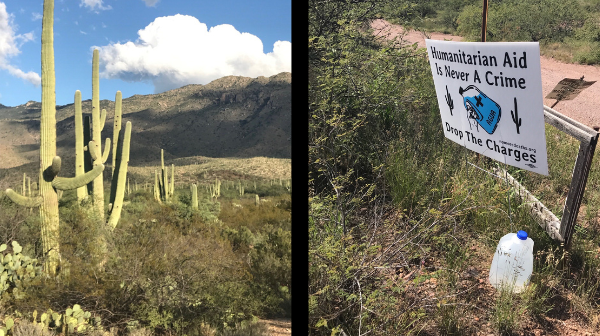
LUIS
These places of respite are of immense value. Mario learned from talking to people, to families, that the horrible stories we’ve heard in the news about the migrant experience is true and more. Like Luis, who was there with his daughter Valentina. Though the two of them were happy to be together, Luis was still separated from his wife and three other children.
Luis fled Honduras where he owned an automotive shop. Facing extortion and the murder of his own mother, Luis had to pay the organized criminals the equivalent of $1000 for himself and $500 for his daughter for the privilege to flee. On a bus, held at gunpoint, taken to the hostage area, Luis ransomed himself and his daughter. The criminals released him knowing he’d eventually have to pay ransom for his wife and three other children. So, when Mario met Luis, the majority of his family were still in danger. Yet, despite all he had been through, Luis said to Mario, “At least I’m here.”
This is not a rare story, it is common. Families running for their lives, often separated, kept in limbo while they wait to find out if they will be accepted in the country in which they have invested their hopes.
This is part of why the mission of faith-based and non-government organizations like Catholic Charities matter so much. But to get the full picture, Mario then traveled to Mexico. Read about that in Mario Russell – Out in the Desert, Part 2, next week.


